Termites cause billions of dollars in damage every year in the United States. If you live in an area that is prone to termite infestations, then you need to stay vigilant. If you end up having a termite problem and you don’t stop it quickly enough, then you could end up with some costly structural repairs.
But what are the signs of termite damage? And what can you do if you find termites in or around your home? We’re glad you asked.
Keep on reading and we will take you through everything that you’re going to want to know.
Chewing Noises or Head Banging
A common sign that termites are present is quiet clicking noises coming from inside the walls. This is because soldier termites shake their bodies or bang their heads against the wood when the colony is disturbed. They do this to signal to the other termites that they’re in danger.
Termites are very sensitive insects. They can detect noises and vibrations by using various organs that are located on the tibia (one of the segments of the leg) and at the base of their antennae.
The worker termites are also loud eaters. These are the ones who love to eat all of your precious woodwork. If you put your ear close to any wood that is infested with termites, you’ll likely hear them eating away.
Discarded Wings or Flying Termites
This tends to be one of the first signs that there is a termite infestation going on. A flying termite is a female or male that has left the nest in search of a suitable mate. And that mate might be near or in your home.
Some termite species will swarm at night and they are attracted to sources of light. Other species will swarm during the daytime. Also, all drywood termites usually swarm after rain at certain times of the year.
Mud Tubes on Exterior Walls
Termites use mud tubes as protection, and you’ll usually find these near the foundations of your house. They are easy to find with the naked eye.
Subterranean termites will usually build these tubes, made out of termite droppings and soil, in order to provide the termites with moisture.
By getting rid of environments that have a lot of moisture, you can stop your home from attracting termites. You should also keep wood chips, mulch, and firewood away from your house.
Hollow or Papery Sounding Wood
Termites typically eat wood from the inside out. They leave a thin veneer of timber or just the paint. When you tap or knock on an area that has been damaged by termites, it will sound papery or hollow.
This is because a lot of the timber has been eaten away. You might also see unexplained cracks on your internal walls.
Wooden rafters, architraves, beams, and ceilings in the attic are just as much at risk of termite damage as wooden structures that are closer to ground level. Check for cracks on cornices and ceilings.
Termites can also damage skirting boards and laminate flooring. Affected flooring might sag and blister in certain areas. You might uncover termite activity if you check underneath the flooring.
You can also check to see if your floor feels more spongy.
What to Do About Termites
One popular DIY method for getting rid of termites is to use termite baits. These baits are installed around the foundation of your house. Termites around your house will be attracted to the poison inside of the bait.
The slow-acting toxin is going to interrupt the natural growth of the termite. Because of the delayed action of the poison, the infected termites will end up bringing the insecticide back to the termite colony and infecting their fellow pests.
You can also use termiticide barriers. You simply apply these treatments to the exterior perimeter of your house and create a barrier.
Termites aren’t able to detect the termiticide, so they aren’t going to try to get around it. When a termite eats a material that has been treated with the substance, it will die.
Termiticide also spreads quickly among termites. So when one termite comes into contact with it, it will unwittingly carry the poison around and infect the rest of the colony too.
Your best option, however, might be to call in the pros. When you’re with an experienced pest management team, they will be able to use a variety of termite treatments, depending on how severe the infestation is.
For example, the treatment for drywood termites is going to differ from treatment for subterranean termites. And when your pest management team uses integrated pest management, that means that they will cover exclusion, sanitation, and safe chemical treatments.
Depending on the situation, you also might need fumigation. By consulting a professional, you will be able to get the best treatment for your situation.
The Importance of Knowing the Common Signs of Termite Damage and What to Do About It
Hopefully, after reading the above article, you now have a better understanding of what the common signs of termite damage are and what to do about it. As we can see, it’s very important that you take care of termite problems as soon as they pop up.
Are you looking for a professional and experienced pest management team to help you with your termite problems? Contact us today and see what we can do for you!

